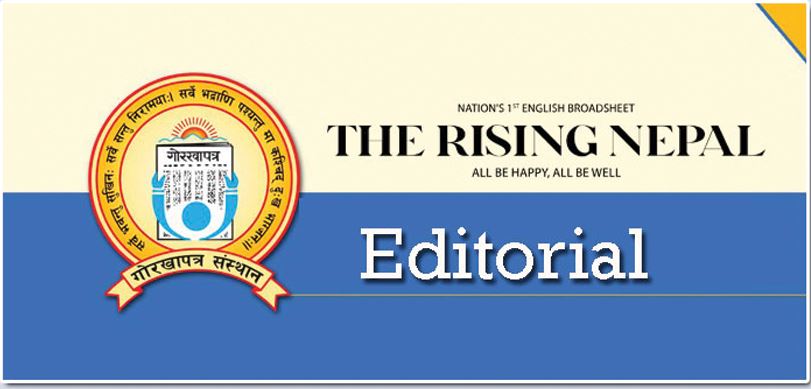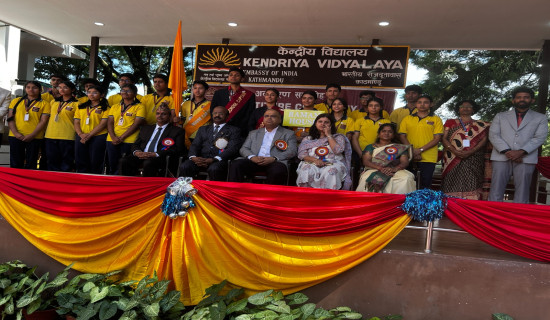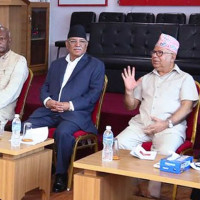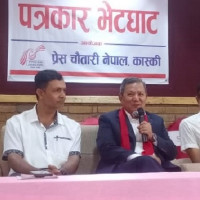- Saturday, 23 August 2025
Going Digital And Beyond
To align employment services with the country's ambitions for digital governance, the government is moving to expand its digital labour market platform. The government has expanded Shramsansar and linked it with the Nagarik App to centralise information and services related to domestic and foreign employment. The comprehensive platform, developed by the Ministry of Labour, Employment, and Social Security, bridges the gap between job seekers, employers, training providers, and employment service agencies via a single portal. While such an initiative is commendable, it beckons additional reflection on the extent to which such digital shifts will be worker-centred and inclusive in practice.
The model of Shramsansar is followed, as it helps to bridge historical gaps in the country's divided labour market. It offers a unified system integrating job vacancy information, training opportunities, and service providers. It improved the service delivery by eliminating bureaucratic hurdles. It also helps reintegrate migrant workers into the national labour market. But a question remains--Will digitisation alone address the multi-dimensional problems of Nepali migrant workers? The shift towards digital channels may be more of a limitation than a solution for the digitally illiterate from rural areas with weak internet coverage or digital infrastructure.
Most importantly, every citizen should have access to digital platforms. Otherwise, it would not be inclusive. This could deepen the existing inequalities in the job market. A digital interface that fails to address linguistic, technological, and economic disparities risks citizens' access to government services. The authorities should also take an initiative within Nepal's broader context of labour rights. There are many legal provisions provided under the Labour and Foreign Employment Act. However, its implementation is poor. Workers are exploited through underpayment, unsafe working conditions, or deceptive recruitment promises in the country and countries of employment.
To make a digital system effective, it must facilitate access to jobs, enforce transparency, monitor violations, and implement grievance handling mechanisms. Strong regulatory bodies should accompany digitisation. There must be robust data protection protocols to ensure that the personal information of job seekers and workers is not misused. The platform should have features that enable workers to report abuse or fraud. It should monitor the foreign employment contract substitutions, unpaid wages, and confiscation of documents, which are still vexing issues.
The local governments should be equipped with and trained to use the digital system efficiently, as they are the first point of contact for many aspirant migrant workers. To implement the role of a platform, the authority should play a role in providing real-time information, resolving grievances, and facilitating job placements. Shramsansar can be a game-changer in enhancing Nepal's labour market's transparency and efficiency if implemented well. The government must ensure that the platform is not a top-down instrument but a responsive, inclusive, and empowering tool for workers from all segments of society.
In the race towards the digital world, the government should not forget that workers' rights and dignity must remain the priority. Implementing Shramsansar can be an excellent step if combined with political will, accountability, and a disposition for social justice.
















